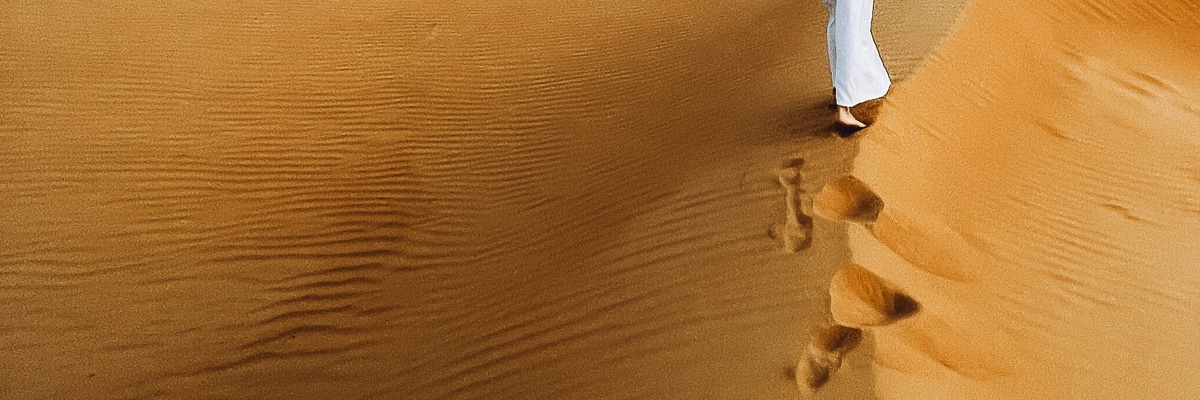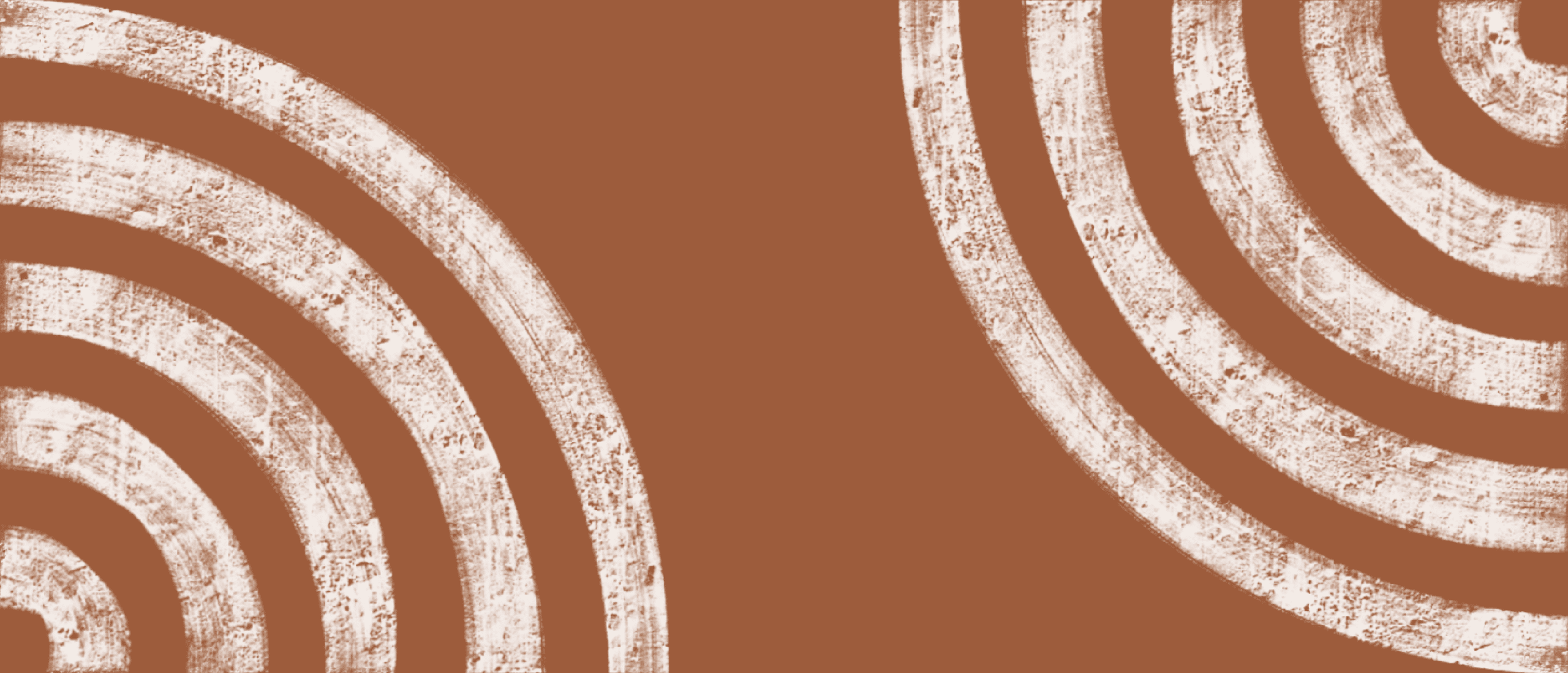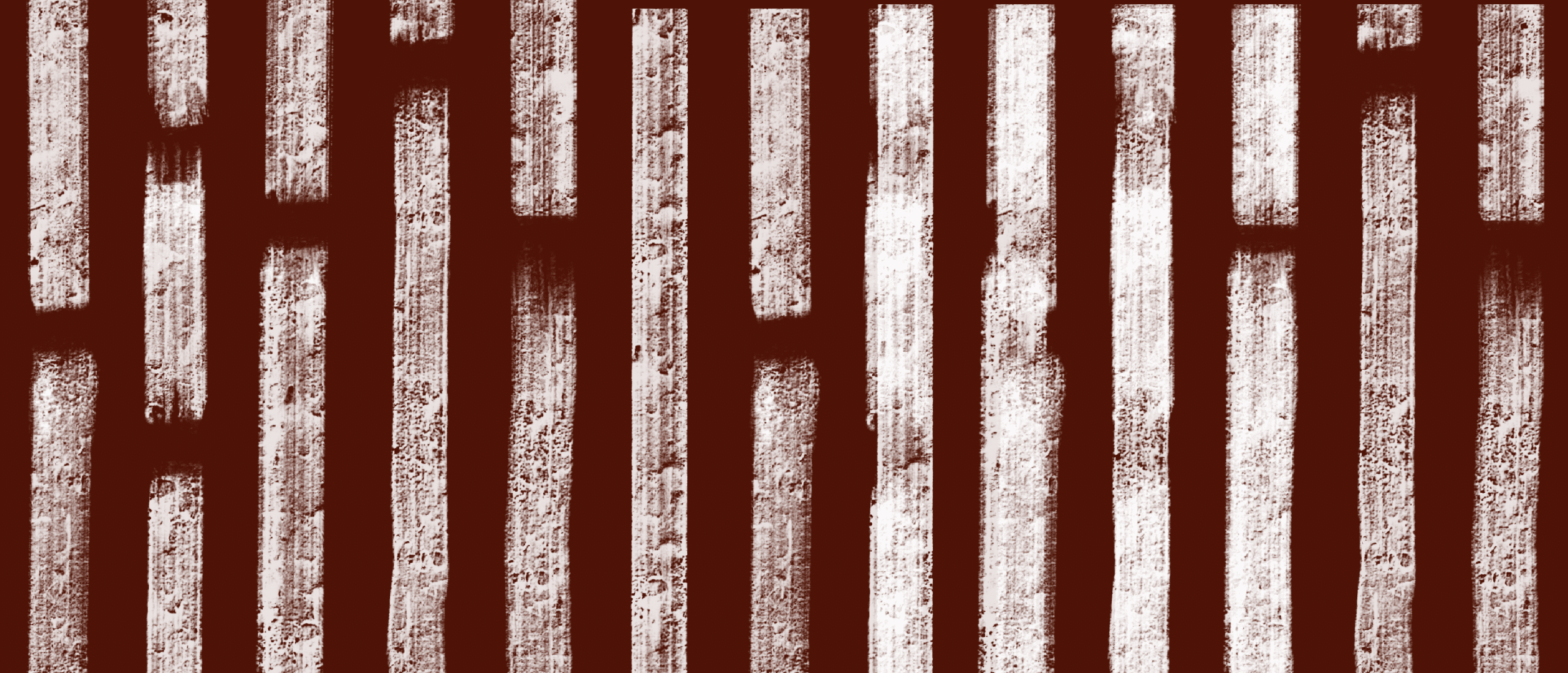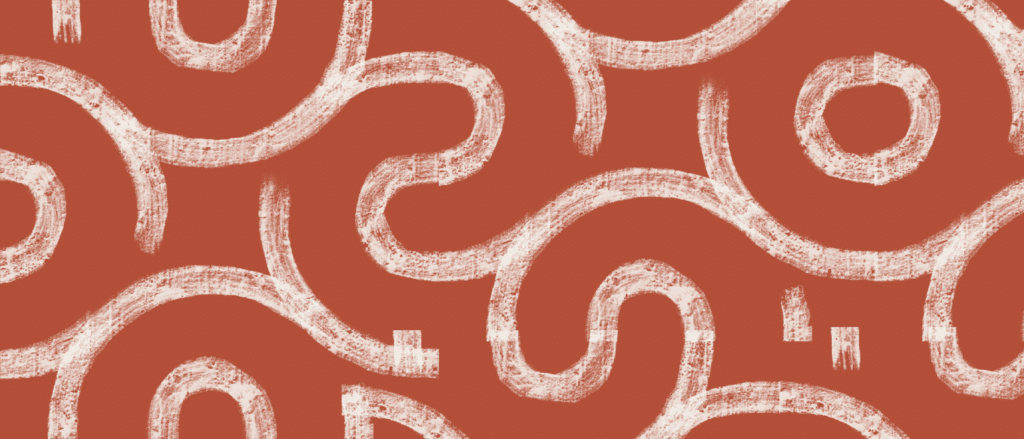
Father Richard Rohr considers the desert mystics foundational contributors to his lineage of faith:
The period of early Christianity is one of the key building blocks in my lineage of faith. It’s an overlooked area for much of the Roman Church and its child, Protestantism. With the self-sufficiency and arrogance that has often characterized the West, we have proceeded as if the first centuries of Christianity were unimportant, or not part of the essential Christ mystery. The very things the early Christians emphasized—such as the prayer of quiet, divinization, universal restoration, and the importance of practice—are some of the most neglected parts of the Western Church.
After the legitimation and, some would say, the co-opting of Christianity by the Roman Empire in the 4th century, many Christians fled to the deserts of Egypt, Palestine, Syria, and Cappadocia (Eastern Turkey). We call these men and women the desert fathers and mothers (or abbas and ammas). The desert Christians emphasized lifestyle practice, an alternative to empires and their economies, psychologically astute methods of prayer, and a very simple spirituality of transformation into Christ. The desert communities grew out of informal gatherings of monastics and functioned much like families. This tradition preceded the emergence of systematic theology and the later Church councils. Since the desert monks often lacked formal education, they told stories, much as Jesus did, to teach about ego, love, virtue, surrender, peace, divine union, and inner freedom. [1]
Author Belden Lane describes how the landscape shaped the consciousness of the desert mystics:
Out there in the wild, there was no one to impress, no need to cultivate a reputation. A lot of things didn’t matter anymore out there. The desert fathers and mothers wanted to keep the edges hot and to imitate the life of Jesus…. In short, theirs was a countercultural spirituality carrying a prophetic edge. Some of them had been draft dodgers and tax resistors. In fact, some of the women had fled from being sold into a marriage that would’ve been little better than slavery.
A spiritual resistance movement takes shape among these desert monks, questioning the commodification and militarization of life in the wider culture. They had no use for the ego advancement and social climbing to which even Christians had begun to aspire. You see this in their practice of what they called apatheia, a fierce indifference to unimportant things….
What do you learn to ignore and what do you learn to love? What needs to die in your life and what do you need to affirm unreservedly? These two questions are the heart of desert spirituality. The desert becomes a tomb, said the monks, a place for the demise of the ego. But there’s also an immense joy and release in that, in learning to die before you die. You’re finally set free to live with abandon. No one is freer than those who have looked death in the eye, have walked through the fire, and are able now fearlessly to love. [2]
References:
[1] Adapted from Richard Rohr, “Desert Christianity and the Eastern Fathers of the Church,” The Mendicant 5, no. 2 (2015): 1.
[2] Adapted from Belden Lane, “The Desert Tradition,” The Living School: Essentials of Engaged Contemplation, Center for Action and Contemplation, 2024.
Image credit and inspiration: Krn Kwatra, Untitled (detail), 2022, photo, Oman, Unsplash. Click here to enlarge image. Like the desert mothers and fathers, a person walks into the desert to find solitude and inspiration.
Story from Our Community:
When thinking about the desert mothers and fathers, it strikes me that they must have relied on each other for survival. I can’t help but think that this aspect of their lives added to their spiritual journey. Maybe it was even an ideal situation to apply the teachings they lived with and relied on. It’s so easy to survive separately from each other these days. We stay in our heads without actually reaching out to each other and applying some of the most powerful and difficult lessons of contemplative wisdom.
—Jane M.




